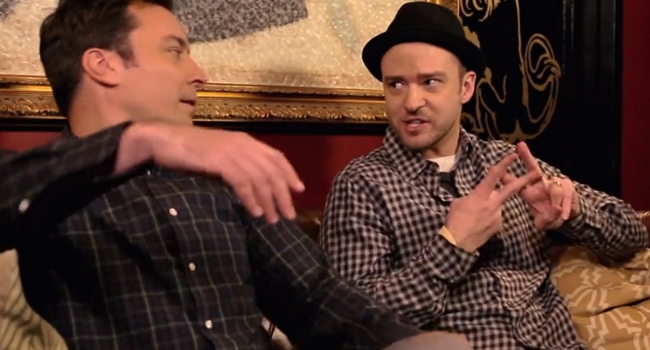This is the story of a how one boy, his parents, and a tiny non profit with no full-time employees can capture global attention. #WearYellowforSeth
Raising awareness is something social media was practically designed to do. Its impact on social change can be debated –…
TINT recently partnered with TechSoup, a global organization dedicated to helping nonprofits access the technology they need to operate at their full potential. Together, we’ll be making our product more available to small and medium-sized nonprofits. To mark the launch of our partnership, we decided to give away 10 annual Pro Plans along with some social media consulting– each worth $5,100. So, how do you give away your product to deserving nonprofits and generate a little social media buzz…
Guest blogging is an important piece of the content marketing arsenal. Here’s how you can write your pitch to make sure editors say “YES.”
We don’t really know what wearables will look like, and we don’t really know what they will do. So how can you prepare a marketing strategy? By relying on what marketers do best: creative thinking, looking for patterns from consumers, and a little bit of imagination. Here are four ways wearables will change marketing – and what you can do to be ready.
Convincing sponsors to fund you and your event/campaign/organization can be a delicate dance. They want to support you and your cause, and they want to get something (usually recognition and a little associated advertising) in return. With the rise of social media, nonprofits and event organizers have a new powerful tool to give sponsors the recognition and involvement they are looking for. Here are six social media strategies you can use to boost revenue from sponsors…
2014 was a big year for social media and activism: from pro-democracy demonstrations in Hong Kong, to raising $100 million for ALS research, to providing a stomping ground for nascent conversations about race and police brutality, the range of social media’s involvement in good causes has grown. But. For every stirring story of activism organized on Twitter, there is an equally un-stirring story about hashtags that don’t do anything. Except to make us feel like we’re doing something. “Hashtag Activism” – it’s a phrase reserved for ineffective, vaguely narcissistic Twitter do-gooding.
Its not news that banner ads have become a poor investment. Modern day banner ads have a click rate of less than .1% (or 1 in 1000 people) which means you are more likely to complete NAVY SEAL training than click a banner ad. What’s worse, a small percentage of internet users (about 8%) do 85% of that clicking – and those humans (or bots) probably aren’t the high quality traffic you’re looking for.
The hashtag arose in 2007 as a way to categorize and “tag” tweets. It slowly gained traction, until 2009 or ‘10 when suddenly hashtags (and their users) went rogue. These errant tweeters took hashtags from their good and purposeful tagging function, and changed them into something terrible – a form of parenthetical commentary on the rest of the tweet.












